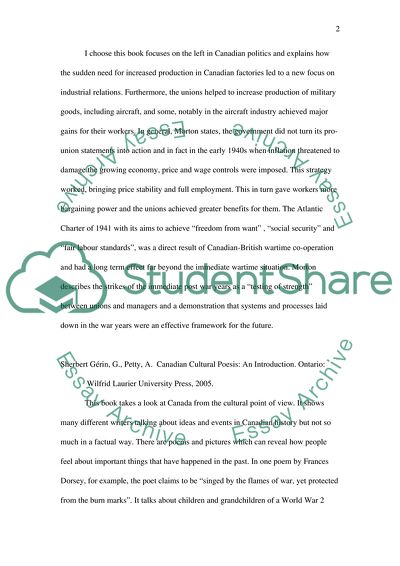Cite this document
(“Military history of Canada during World War II Essay - 13”, n.d.)
Military history of Canada during World War II Essay - 13. Retrieved from https://studentshare.org/history/1569222-annotated-bibliography
Military history of Canada during World War II Essay - 13. Retrieved from https://studentshare.org/history/1569222-annotated-bibliography
(Military History of Canada During World War II Essay - 13)
Military History of Canada During World War II Essay - 13. https://studentshare.org/history/1569222-annotated-bibliography.
Military History of Canada During World War II Essay - 13. https://studentshare.org/history/1569222-annotated-bibliography.
“Military History of Canada During World War II Essay - 13”, n.d. https://studentshare.org/history/1569222-annotated-bibliography.


